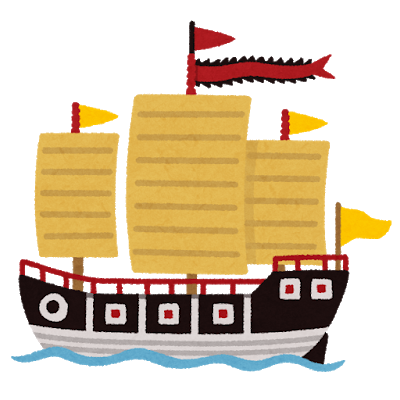To carry out communicative tasks, users have to engage in communicative language activities and operate communication strategies. Many communicative activities, such as conversation and correspondence, are interactive, that is to say, the participants alternate as producers and receivers, often with several turns.
In other cases, as when speech is recorded or broadcast or written texts are sent out or published, producers are separated from receivers, whom they may not even know and who are unable to respond. In these cases the communicative event can be regarded as the speaking, writing, listening to or reading of a text.
In most cases, the user as speaker or writer is producing his own text to express his own meanings. In others, he/she is acting as a channel of communication (often, but not necessarily, in different languages) between two or more persons who for one reason or another cannot communicate directly. This process, mediation, may be interactive or not.
Many if not most situations involve a mixture of activity types. In a school language class, for instance, a learner may be required to listen to a teacher’s exposition, to read a textbook, silently or aloud, to interact with fellow pupils in group or project work, to write exercises or an essay, and even to mediate, whether as an educational activity or in order to assist another pupil.
The above piece is an extract from COMMON EUROPEAN FRAMEWORK OF REFERENCE FOR LANGUAGES: LEARNING, TEACHING, ASSESSMENT by Language Policy Unit, Strasbourg, Concil of Europe (page. 57), and Chinese version can be read on here.

